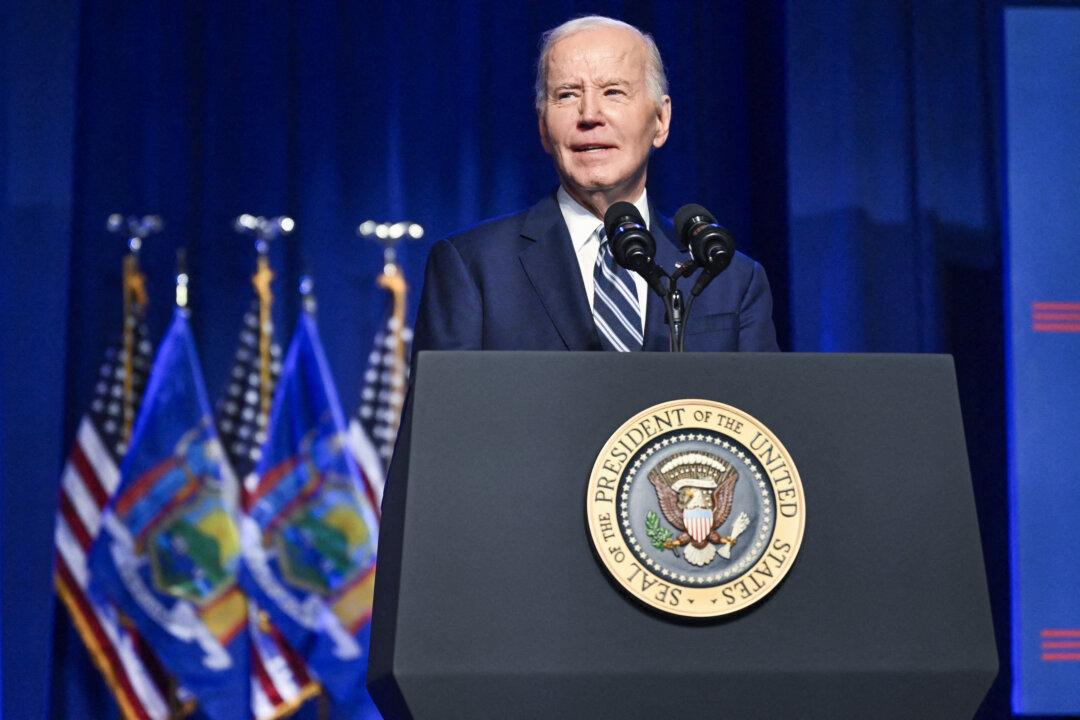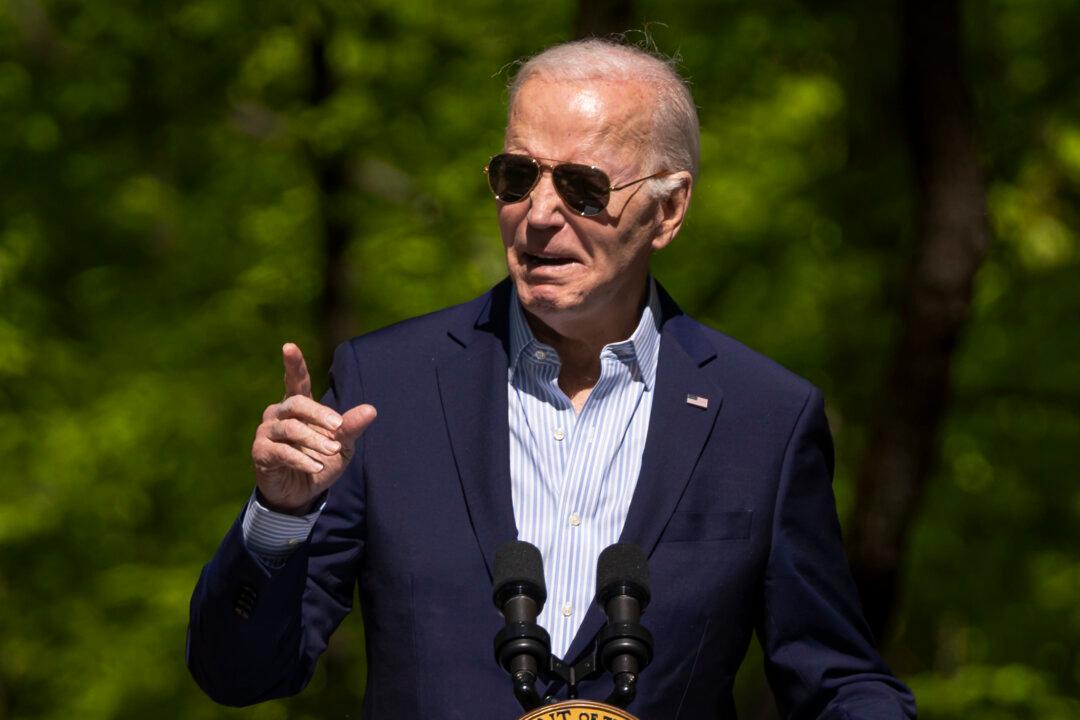WASHINGTON—The United States, Canada, and Mexico agreed to sign a new trade deal to “terminate and replace” the 24-year-old North American Free Trade Agreement (NAFTA).
President Donald Trump says the new agreement will transform North America into a “manufacturing powerhouse.”
The new trilateral trade pact will be named the U.S.–Mexico–Canada Agreement, or USMCA. Trump called the deal “historic news for our nation and indeed for the world.”
“I have long contended that NAFTA was perhaps the worst trade deal ever made,” Trump said during a Rose Garden ceremony in the White House on Oct. 1.
“Once approved by Congress, this new deal will be the most modern, up-to-date, and balanced trade agreement in the history of our country, with the most advanced protection for workers ever developed,” he said.
The partners have agreed to stronger rules of origin for autos and automobile parts that exceed those of both the original NAFTA and the Trans-Pacific Partnership.
Under the new deal, 75 percent of auto content must come from North America, up from the original threshold of 62.5 percent. The higher threshold will keep more parts from other regions out, while boosting production and jobs in the region. Changes to the rules of origin on automobiles will bring billions of dollars of production to the United States and throughout the region, according to the White House.
The rules incentivize the use of high-wage manufacturing labor in the auto sector, which will help provide a level playing field for American producers and workers. The deal also includes enforceable labor provisions that require countries to comply with International Labor Organization labor-rights standards, which will drive Mexican wages higher.
U.S. dairy farmers who have long complained about Canada’s high market barriers also received some benefit from the deal. In addition to the current exports of dairy products, Canada will provide “new tariff rate quotas” exclusively for the United States. The agreement provides market access gains for American dairy products, including cheese, milk, butter, yogurt, and ice cream.
According to trade experts, Canada had to make dairy concessions to save NAFTA’s Chapter 19, a dispute resolution mechanism for anti-dumping matters. The Trump administration pushed hard to eliminate this chapter, which will remain in place in the new agreement.
Chapter 19 allows countries to challenge each others’ anti-dumping decisions in front of an expert panel. The dispute panel has heavily favored Canada, especially in its fights against U.S. duties on softwood lumber, paper, and other products.
The new deal has a 16-year lifespan, with a review period after six years, providing more certainty for business investments. According to the White House, the review period gives the United States significant leverage in pushing partners to comply with their obligations.
The steel and aluminum tariffs that the United States imposed on Canada and Mexico will be dealt with separately.
“Hopefully, we'll be able to work that out. We are in communication with them. [We need to] really take care of the needs of our steel companies,” Trump said.
The trading partners now have 60 days to finalize the legal text and sign the agreement.
“It’s the single greatest agreement ever,” said Trump, who also expressed concerns about its fate in the U.S. Congress.
“I plan to sign the agreement by the end of November. I then will submit it for approval to Congress where, in theory, there should be no trouble—but anything you submit to Congress is trouble, no matter what,” Trump said.
The USMCA can give Republicans another victory to point to, especially in the heartland and industrial Midwest, according to Ford O’Connell, a political analyst and Republican strategist.
“It certainly is important in the overall calculus for Republicans in their quest to hold the Senate and the House in 2018,” he said.
USMCA Lifts Markets
U.S. and Canadian trade officials worked around the clock to bridge their differences and secure a deal before a Sunday midnight deadline.Wall Street welcomed the new agreement as market futures jumped just after midnight, following the deal announcement.
U.S. stocks continued to rally on Oct. 1 as the agreement helped to reduce the uncertainty that has occasionally weighed on the market over the past few months.
The Dow Jones Industrial Average jumped more than 200 points, rising 0.8 percent, and the S&P 500 gained 0.5 percent in early trading on Oct. 1. Oil futures also rose, reaching the highest levels in the last four years.
Phil Flynn, a senior analyst at Price Futures Group in Chicago, said that the new deal would boost oil prices as “the consummation of trade should start creating jobs, growth, and in turn more oil demand.”
NAFTA 2.0 makes “significant changes to the rulebook that has governed continental commerce since 1994,” he wrote in an email.
According to the Goldman Sachs analysts, the deal helps reduce but doesn’t eliminate NAFTA uncertainty as the U.S. midterm election poses some risk.
“A Democratic majority is likely to make USMCA approval more difficult, but we expect that the agreement would ultimately win the simple majorities needed in both chambers under the TPA process,” a Goldman Sachs report stated.
Trade Promotion Authority gives Trump the ability to send a deal to Congress for a simple majority vote. Without that protection, the Senate would require a 60-vote threshold for approval.
“We would expect that some Democrats would support the revised NAFTA agreement, in light of its more restrictive auto sector rules of origin,” the analysts wrote.




